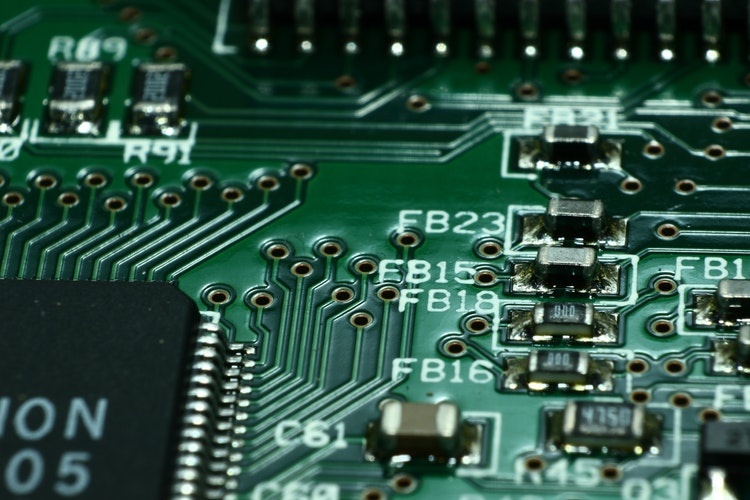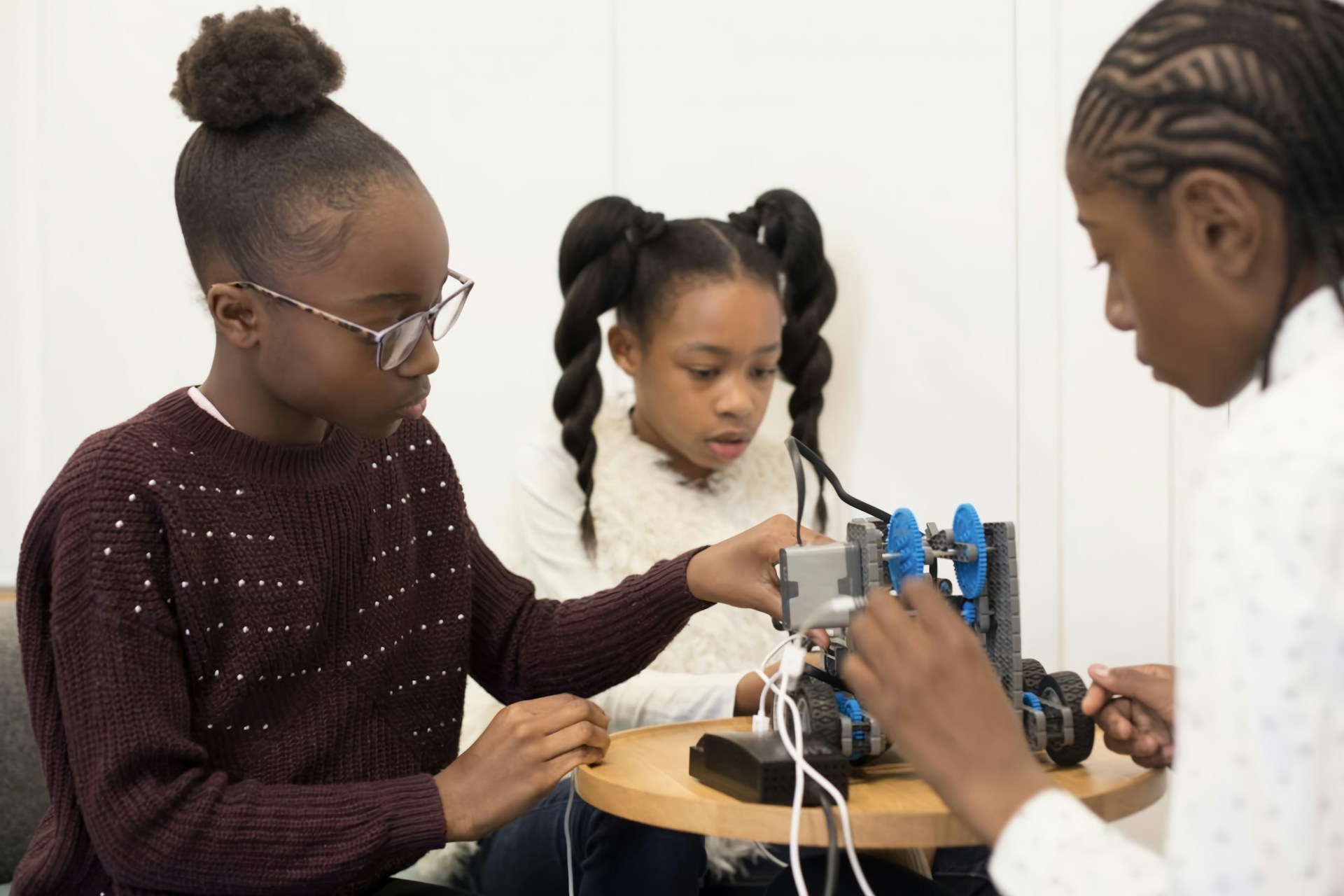
Researchers Believe It’s Time Colleges Introduce an IoT Engineering Discipline
February 28, 2019 - Emily Newton
Revolutionized is reader-supported. When you buy through links on our site, we may earn an affiliate commission. Learn more here.
Reading, writing and arithmetic are still the spine of any responsible primary or advanced educational curriculum. But these days, given the rate at which technology is accelerating in complexity and potential applications, it’s probably time to take our “standard” educational models even further. More specifically, voices from many industries and research backgrounds are calling for colleges to offer IoT engineering courses. Let’s take a look at why the IoT is such a hot topic and a major call for hiring right now, as well as how the educational world can provide its answer.
What Is IoT Engineering Bringing to the World’s Industries and Job Market?
In one recent opinion piece, researchers from Penn State University, along with representatives from IEEE and NIST, argued that in order to stay truly relevant and provide as fully relevant an experience as possible to incoming students, modern colleges must begin designing more degrees around cyber-physical systems and Internet of Things implementations. Whether a more “traditional” engineering college or a vocational school, they argue, these are poised to become some of the most vital engineering sectors going forward.
But why?
For a start, it’s worth considering how many “classes” of devices — both for industrial and consumer-level use — fit under the ever-larger IoT “umbrella.” It’s things like:
- Communication and routing equipment
- Wearable technology, including health monitors and smartwatches
- Temperature, humidity and other types of sensors
- Metering technologies for smart grids and renewable energy deployments
- Digital aggregators and other software for interacting with big data systems
- Cyber-physical systems that gather data, react to stimuli and trigger an event in facilities or deliver notifications to personnel
- Cross-industry software for coordination between manufacturing and buying partners, as well as for greater traceability in product supply chains
These networked devices will transform every industry on planet earth and a variety of consumer-focused verticals. Alongside each of these industrial IoT-in-engineering applications, there’s a discipline that deserves a fully fleshed-out classroom and hands-on experience for students.
How to Stay Competitive
To that end, the opinion piece referenced above — by DeFranco, Kassab and Voas — identified no fewer than 18 distinct “knowledge areas” that represent real specializations and skill sets that employers today, and in even greater numbers tomorrow, will require in order to stay competitive. These are some of those knowledge areas:
- Algorithms and programming languages
- Communications technologies
- Network architecture
- Computer science and operating systems
- Distributed and cloud computing
- Human-computer interfaces and interaction
- Robotics and automation
- Data integrity and cybersecurity
If the goal were to gracefully navigate the oncoming wave of automation and robotics across industries while providing as many diverse areas of educational and professional development as possible for students interested in technology, it would seem we’re well on our way.
When you break these disciplines down further, you get an even wider variety of specializations that are likely to remain relevant in every type of industry — be it manufacturing, supply chain management, civil engineering, military, waste disposal, health care, utilities, energy management and more. The types of open jobs in fields directly or tangentially related to the IoT include software design and user experience, systems engineering, CAD, mapping and simulation software, data analytics, additive manufacturing and 3D printing, robotics, proactive maintenance and much, much more.
It would be helpful to cease thinking about “the” IoT as a single idea or system. It’s many technological concepts all woven together, many of which are only beginning to come of age or become cost-effective for wider rollouts. There’s a reason industry experts call this moment in time “Industry 4.0.”
The Industry Perspective
With researchers sounding off about the importance of IoT engineering in modern education, it’s worth asking — in which areas are companies actually putting all of this new talent to work? And, how much talent are we talking about?
One survey of workplaces sought to discover which technology specializations are experiencing the top workforce growth among employers today. Here’s what it found:
- 3D Printing: 74 percent
- Internet of Things: 33 percent
- Artificial Intelligence: 20 percent
- Collaborative Robots (Co-Bots): 5 percent
In other words, among the companies polled, 74 percent were incorporating 3D printing already, and 33 percent were incorporating the IoT in some fashion.
We Need More Students Studying IoT in Engineering Colleges and Vocational Schools
The truth is, all of the areas of investment named above represent potential applications for the IoT.
Collaborative robots need to communicate with — among other things — warehouse management systems, human co-workers and manufacturer servers for firmware updates. While they work tremendously on their own, the full potential of 3D printers as engines of mass-production won’t be realized until they’re networked and made to work more efficiently, in tandem with other connected hardware — like robotic arms and material handling equipment.
It does seem that universities have taken the hint — some big names have begun adding IoT-focused electives and certificate programs, even as a full curriculum for a “proper” IoT engineering discipline is still coming together. One example is Virginia Tech, which has added cyber-physical systems and IoT “modules” to existing courses. It’s a stopgap measure, but it’s a good one.
The authors we’ve been following along with, DeFranco, Kassab and Voas, identified 28 universities in the United States’ “top 50” schools that have classes suited to studying these branches of technology. Again, an excellent start. Countries all over the world, including our own, recognize the importance of making private and public investments in both primary and advanced education. Coupled with the unanimous call among industry experts and thought leaders for a larger talent pool and a future-ready workforce, it seems they have good timing.
If we needed additional inspiration, consider that, right now, if it could, industry in the U.S. would take on as many as 151,000 new data and computer science specialists. That’s the level and severity of need right now — and a bit part of the reason why the IoT and all of the technologies it touches need to find a permanent home in our schools.
Revolutionized is reader-supported. When you buy through links on our site, we may earn an affiliate commission. Learn more here.
Author
Emily Newton
Emily Newton is a technology and industrial journalist and the Editor in Chief of Revolutionized. She manages the sites publishing schedule, SEO optimization and content strategy. Emily enjoys writing and researching articles about how technology is changing every industry. When she isn't working, Emily enjoys playing video games or curling up with a good book.




